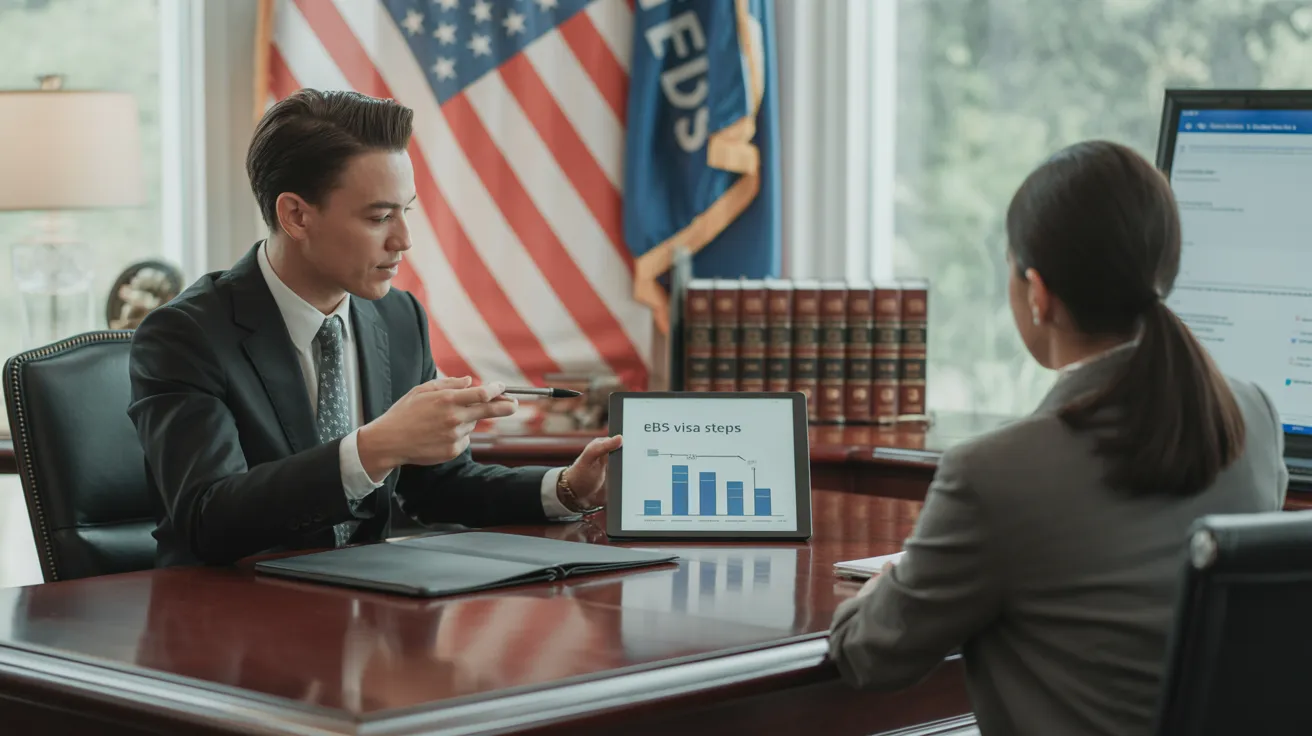More About L1 Visa
Table of ContentsL1 Visa Can Be Fun For AnyoneL1 Visa for BeginnersThe Only Guide to L1 VisaHow L1 Visa can Save You Time, Stress, and Money.Getting My L1 copyright Work
L-1 visas are available to staff members of a global company with workplaces in both the United States and abroad. L1 Visa. The visa permits such foreign workers to relocate to the corporation's United States office after having worked abroad for the company for a minimum of one constant year within the previous 3 previous to admission in the USOne L-1 visa can enable several workers access right into the United States.
In 2019, Indian nationals received 18,354 L-1 visas, accounting for 23.8% of all L-1 visas provided in 2019. According to USCIS information, the biggest companies to obtain L-1 visas in 2019 were Tata Consultancy with 1,542 approved L-1 visa applications, Infosys with 517, Amazon with 455, Cognizant with 382, and Deloitte with 305.
Congress developed the L-1 visa in 1970. It was presented as a "noncontroversial modification" for multinational American firms. The initial visa required that the work tenure match directly prior to looking for the company transfer. Congress originally did not define "specialized knowledge". In 1980, the State Division issued 26,535 L-1 visas.
Indicators on L1 Visa You Should Know
Significant Indian outsourcing companies such as Tata, Infosys, and Wipro increasingly used the L-1 copyright personnel American international corporations. Fifty percent of Tata's employees offered the USA began L-1 visas. The North American Free Trade Agreement had stipulations regarding intracompany transfers between the U.S., Canada, and Mexico.
By 2000, Immigration and National Service taped 294,658 visa entrances. In 2002, Congress allowed L-1 visa spouses, that get on an L-2 visa, the permission to function openly within the USA. In 2003, the Us senate Judiciary Committee held a hearing on the L-1 visa. In monetary year 2004, the variety of L-1B visas went beyond the number of L-1A visas.

Candidates who are in the United States at the time of the filing of the I-129 can ask for an adjustment of status from their present nonimmigrant standing (i.e. site visitor, pupil, and so on), as long as they are in condition at the time of the filing of the I-129. If they go out of standing after the filing, L1 Visa process yet before authorization, there is no adverse repercussion, and the person does not accrue illegal presence.
Youngsters of the key L-1 can attend school. The partner of the key L-1 has an automated right to function in the USA. Kids can decline paid work. The spouse can, but need not, apply with the USCIS for work authorization after showing up in the United States and, after issuance of the Employment Authorization Record (EAD, Kind I-765), may after that help any kind of company.
The Basic Principles Of L1 Visa
An I-797 Notice of Action revealing the approval of the visa petition does not guarantee that a visa will be issued at the United state

L1 Visa - Truths
For an L-1 visa candidate, "dual Intent" is permitted: unlike some classes of non-immigrant visas (e.g., J-1 visas (L1 Visa)), L-1 candidates may not be refuted a visa on the basis that they are L1 Visa requirements an intending immigrant to the United States, or that they do not have a residence abroad which they do not intend to desert
Renewal in the United States uses to status only, not the actual visa in the copyright. copyright renewal, the applicant needs to go to an U.S
An alien can not leave the United States and after that reenter without a legitimate L-1 visa, and must show up personally prior to a consular officer copyright issuance.
Little Known Questions About L1 Visa.
An individual in L-1 standing generally may function only for the petitioning company. If the L-1 employee enters based upon an L-1 covering, nevertheless, it normally is possible for the worker to be relocated in the same capability to any kind of various other relevant business noted on the covering. The L-1 visa program has been criticized for several factors.
In one example, The U.S. Department of Labor fined Electronics for Imaging $3,500 for paying its L-1 visa workers $1.21 an hour and working some of them approximately 122 hours a week. Some industry agents have actually accused firms of utilizing the L-1 program to replace united state workers. Detractors and government officials have actually aimed out just how the visa program does not specify "specialized expertise" for international employees in the L-1B visa group.